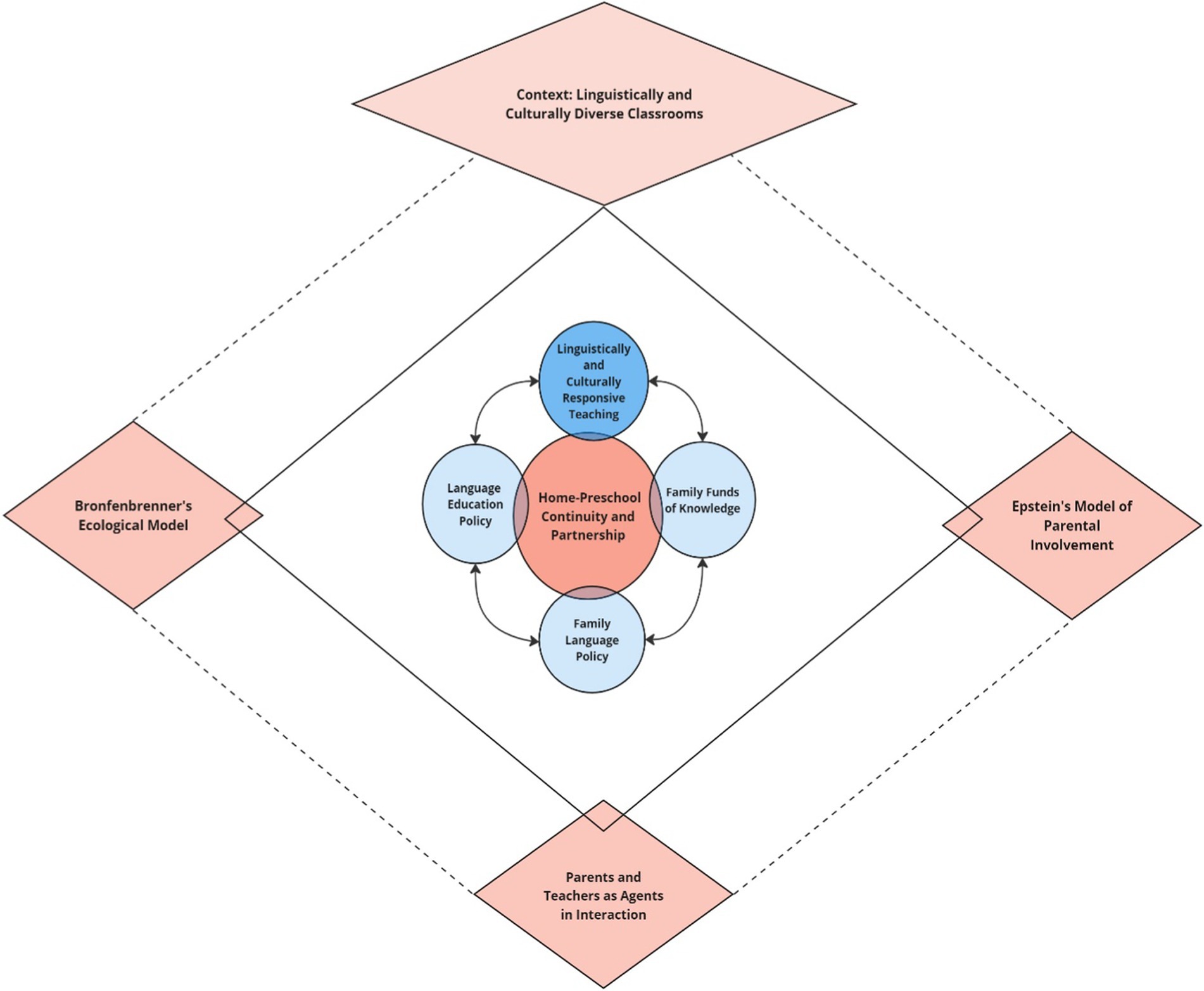
Title: Spaced Repetition: A Memory Technique with Scientific Support and Practical Advantages
Spaced repetition is an elegantly straightforward, yet remarkably powerful learning technique that transforms memory into a dependable skill — transcending mere luck or innate ability. Supported by decades of cognitive science findings, this method strategically schedules reviews of acquired knowledge to bolster what you’ve learned and curb forgetfulness, making your study efforts significantly more effective than conventional cramming.
What Is Spaced Repetition?
The foundation of spaced repetition lies in the psychology of memory. Our brains naturally forget information over time — a phenomenon referred to as the “forgetting curve.” This technique utilizes timely presentations of the learned content just before it is likely to be forgotten, thereby reinforcing the memory connection. With each subsequent review, the periods between repetitions grow exponentially, resulting in lasting retention.
Instead of revisiting the same information daily or cramming before a test, spaced repetition guarantees that the schedule and frequency of study sessions are fine-tuned for effective memory creation. This strategy has consistently proven to surpass massed practice (i.e., cramming) in various research studies.
Michael Nielsen’s Approach
Michael Nielsen — a scientist and author renowned for his contributions to quantum computing and open science — ardently champions spaced repetition. He leveraged Twitter to share how employing this memory method has “transformed [his] life.” He noted that through spaced repetition, memory management becomes intentional and predictable: “Instead, I can ensure I will remember something, with minimal effort: it makes memory a choice.”
Nielsen provides several actionable tips that embody a thoughtful approach to utilizing a Spaced Repetition System (SRS). These include:
– Selecting carefully what to include in the system (prioritizing fundamental concepts or essential facts).
– Keeping cards straightforward and focused — individual pieces of information are easier to review and remember.
– Acknowledging that memorization alone does not guarantee understanding. While it supports tasks requiring fluency in basic knowledge, it must be paired with deeper conceptual comprehension.
Tools of the Trade: Enter Anki
Numerous tools exist to facilitate spaced repetition, but Nielsen opts for Anki — a robust, open-source flashcard application accessible on various platforms, including desktop and mobile. Anki features customizable algorithms, media-enriched cards, and, most importantly, device synchronization so you can study whenever and wherever you choose. Whether you’re on the bus, waiting for coffee, or at your desk, Anki fits effective reviews into the short intervals of your day.
Anki also incorporates additional successful learning strategies, such as:
– Retrieval Practice: Actively recalling information enhances memory more effectively than passive review.
– Interleaving: Blending different topics or question types during study sessions promotes better discrimination and retention.
Addressing Cognitive Bias with Memory Tools
Spaced repetition is not limited to memorizing foreign language vocabulary or anatomical terms. It can serve as a means for thorough, critical thinking. We often fall prey to confirmation bias — the inclination to remember information that supports our existing beliefs while disregarding contradicting facts. Charles Darwin acknowledged this in his autobiography, sharing his long-term habit of documenting observations that contested his theories, understanding that such uncomfortable truths risk being overlooked.
Contemporary learners can expand on Darwin’s perspective. What if we didn’t merely record challenging observations but ingrained them in our long-term memory? Utilizing SRS to encode contradictory evidence allows us to pursue more balanced reasoning and greater intellectual integrity.
Empirical Support from Science
Educational psychology research offers solid backing for spaced repetition. For instance, a 2018 review by Weinstein, Madan, and Sumeracki for Cognitive Research: Principles and Implications details how instructing and employing spaced practice can significantly boost learning outcomes. The authors indicate that integrating these methods into educational environments can enhance retention and the transfer of knowledge.
Conclusion: Turn Memory Into a Choice
Spaced repetition signifies a transformation in personal knowledge management. It empowers learners to retain more information in less time and with improved reliability. Whether you’re a student, a professional, or a lifelong learner, utilizing a tool like Anki to embrace spaced repetition can enhance your learning experience and help you remain informed and insightful in an age of overwhelming information influx.
As Michael Nielsen emphasizes, with spaced repetition, memory becomes a choice — and opting to remember could be one of the most influential measures you can take toward mastering any field.
Recommended Resources
– Anki Spaced Repetition Tool: https://apps.ankiweb.net/
– Michael Nielsen’s Twitter thread: https://twitter.com/michael_nielsen/status/957763229454774272
– Wikipedia on Spaced Repetition: https://en.wikipedia.org/wiki/Spaced_repetition
– Darwin’s Autobiography: http://darwin-online.org.uk/content/frameset?itemID=F1497&viewtype=text&pageseq=1
– Weinstein, Y., Madan, C. R., & Sumeracki, M. A. (2018)